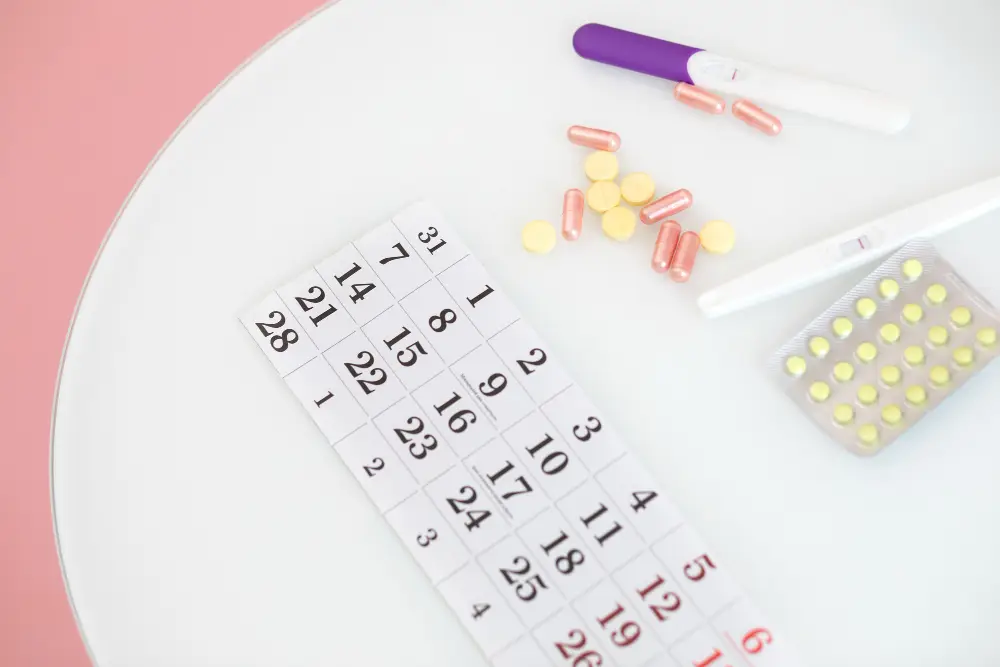Discover how hysteroscopy helps improve fertility outcomes. Learn about its role in IVF and addressing uterine issues.
Introduction
Hysteroscopy is a key diagnostic and therapeutic tool in fertility care. If you’re trying to conceive and facing challenges, hysteroscopy may help by identifying and treating uterine problems. It is commonly used during IVF to improve success rates or to investigate recurrent miscarriages. This article explores how hysteroscopy works, its connection to fertility, and whether it’s the right step for you.
Let’s learn how this procedure can support your fertility journey.
What is Hysteroscopy?
Hysteroscopy is a procedure that examines the inside of your uterus using a thin, lighted tube called a hysteroscope. It helps doctors identify and treat issues like fibroids, polyps, or scar tissue that can affect fertility. During the procedure, the hysteroscope is inserted through the cervix, allowing a clear view of the uterine lining. Hysteroscopy is often used to diagnose problems that could interfere with implantation or cause miscarriages. This procedure can be both diagnostic and therapeutic.
Hysteroscopy and IVF
For women undergoing IVF, hysteroscopy can play a vital role in improving success rates. Before starting an IVF cycle, doctors may recommend hysteroscopy to ensure the uterus is healthy and ready for implantation. Hysteroscopy in IVF helps identify hidden issues that might not appear in routine ultrasounds. It can detect small adhesions or abnormal tissue growths that could hinder embryo implantation. Treating these issues can significantly improve your chances of a successful pregnancy. The procedure is quick, with minimal downtime, making it an effective step in preparing for IVF.
Can Hysteroscopy Improve Fertility?
Yes, hysteroscopy can improve fertility by addressing uterine abnormalities. Conditions like uterine fibroids, polyps, or scar tissue can make it difficult to conceive or carry a pregnancy to term. By resolving these problems, hysteroscopy enhances the uterus’s ability to support a pregnancy. Studies show that treating uterine issues through hysteroscopy can lead to better outcomes for women with unexplained infertility or recurrent miscarriages. If you’ve been struggling to conceive or are considering IVF, hysteroscopy might be a helpful step in your journey.
Conclusion
Hysteroscopy is a valuable tool in diagnosing and treating uterine issues that impact fertility. It can detect and fix problems like fibroids or scar tissue. It is often used to improve IVF success rates. It’s minimally invasive and helps many women achieve their dream of parenthood. If you’re navigating fertility challenges, speak to your doctor about whether hysteroscopy might be right for you.
FAQs
- Is hysteroscopy painful?
Hysteroscopy is generally not painful, but you may feel mild discomfort. Your doctor may use local anaesthesia or sedation to make the procedure more comfortable.
- How long does it take to recover from a hysteroscopy?
Most women recover within a day or two. You might experience light cramping or spotting, but you can usually return to normal activities quickly.
- Can hysteroscopy guarantee pregnancy?
While hysteroscopy can improve your chances of conceiving by treating uterine issues, it does not guarantee pregnancy. It is one of many tools used in fertility care.
SOURCES:




